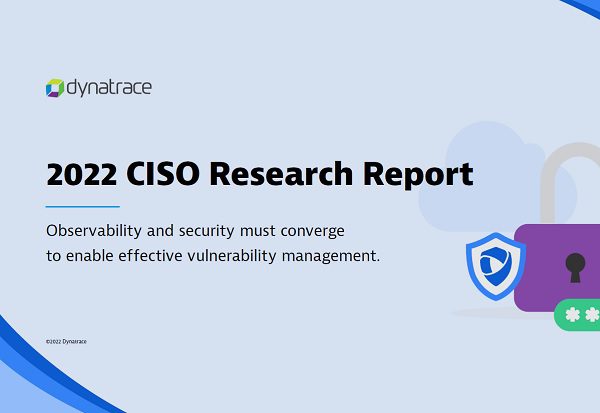Observability and security must converge to enable effective vulnerability management
Introduction
Modern cloud-native delivery has made it increasingly difficult for organizations to reduce and manage enterprise risk throughout the software development lifecycle. The process of developing, testing, securing, and releasing applications and software updates has been complicated by use of multicloud environments, multiple coding languages, and open source libraries. While these factors enable organizations to innovate faster, they also compound opportunities for vulnerabilities to enter the development lifecycle.
Log4Shell, a vulnerability that emerged in live applications in December 2021, was the poster child for this problem, and highlighted a major gap in many organizations’ current security postures. This vulnerability affected most organizations, including those with a robust, layered cybersecurity strategy.
Security teams are also increasingly stretched thin, and it’s more difficult for them to prioritize efforts effectively. With so many common vulnerabilities and exposures (CVEs) logged daily, it’s impossible to identify and patch all vulnerabilities quickly enough to maintain a secure posture. This report explores these challenges and highlights how IT pros can converge observability and security can close the gap in vulnerability management.
What’s inside
- Even layered security strategies contain gaps
- Open source software code can leave the back door unlocked
- Increased speed brings greater risk
- Relentless alert storms blind security teams to the real threats
- The convergence of automation, observability, and security is key to success
- Methodology and global data summary


